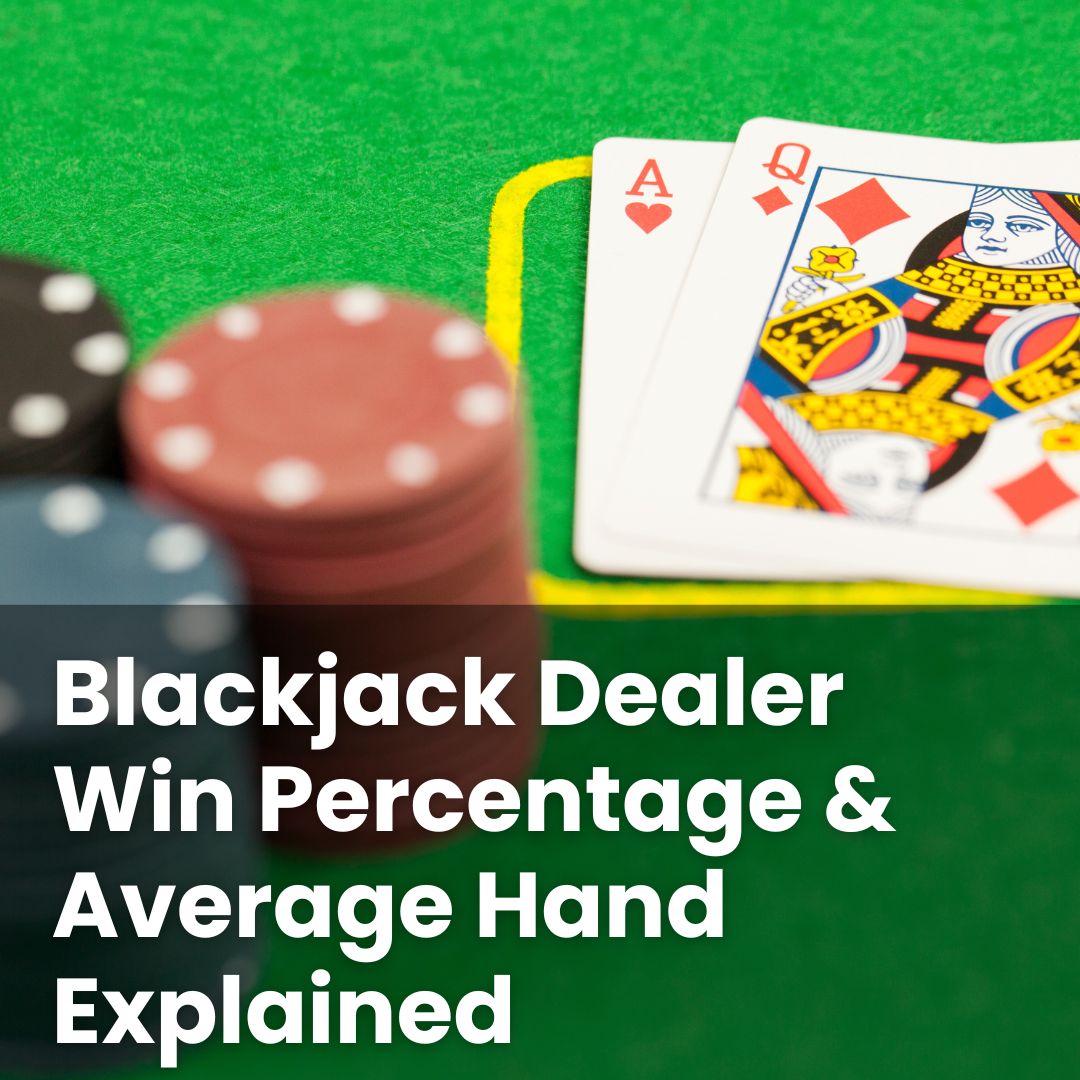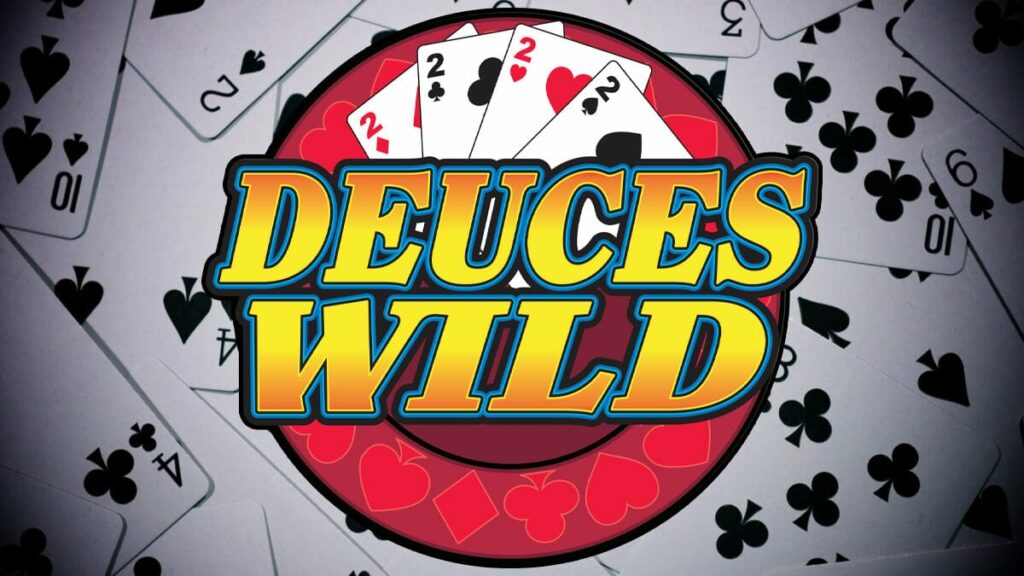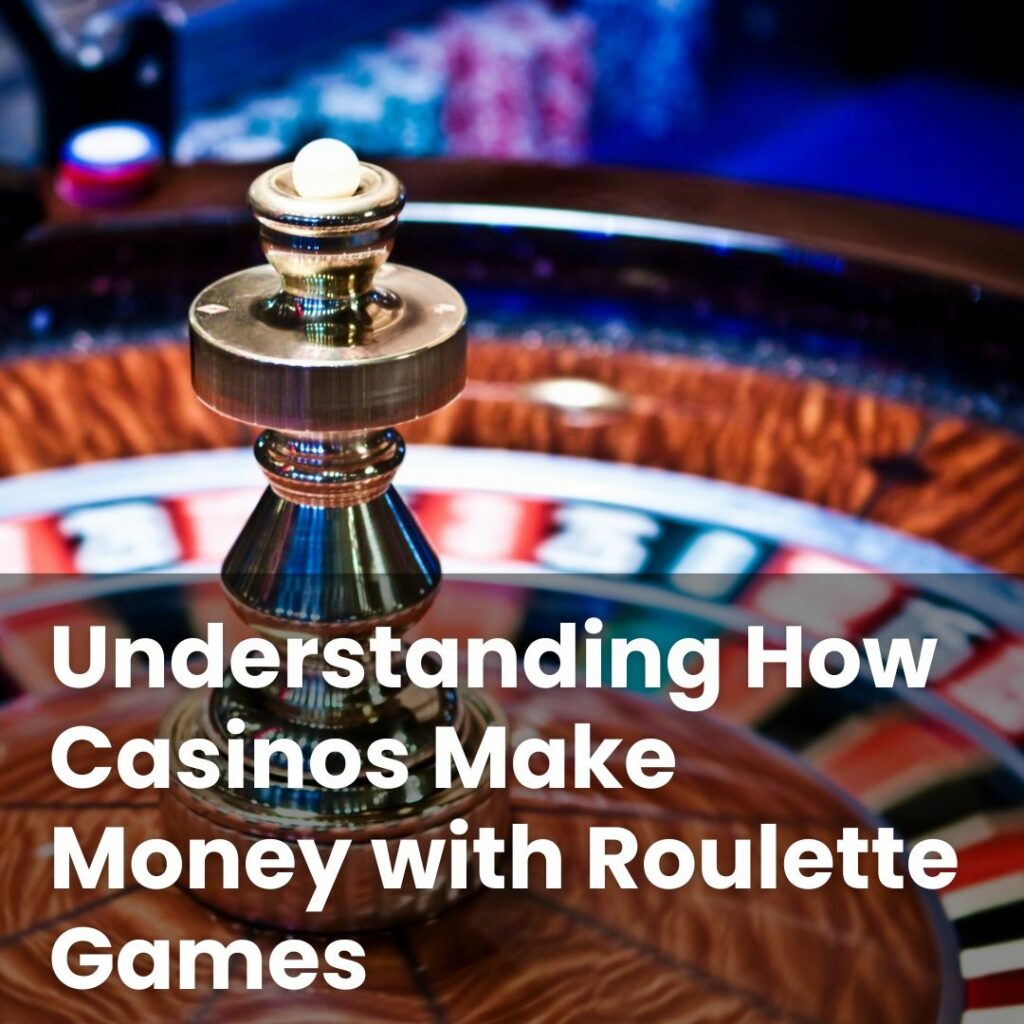Many people are curious about how often the dealer comes out ahead in blackjack and what the statistics behind the game really reveal. While it might seem straightforward, the outcomes are heavily shaped by a set of rules that aren’t always obvious at first glance.
By examining dealer win rates, typical hand outcomes, and the influence of casino rules, the patterns in the game become clearer. Some of these factors may not be obvious at first but play a key role in shaping results. We’ll also touch on how dealer behaviour is regulated, how often they go bust, and why it can sometimes feel as though the dealer has the upper hand.
If you’re looking to understand the numbers behind blackjack and how subtle rules affect the game’s outcomes, read on.
How Often Do Blackjack Dealers Win?
In standard casino blackjack, dealers tend to win just over 48% of hands. The exact percentage can shift slightly depending on the number of decks used and specific house rules.
This might not sound like much on its own, but it reflects how the game is structured. One factor behind this win rate is the order in which hands are played—but more on that later. For now, just note that the dealer follows fixed rules, which removes variation in how they play.
Not all rounds end in a dealer win. Some hands end in a push, while others are won by players with stronger totals or blackjacks. The statistics mentioned here are based on large samples that include a wide range of playing styles and decisions. While players may notice streaks, these don’t affect the probabilities over time.
What Is the Dealer’s Average Hand in Blackjack?
Over many hands, the dealer’s final total most often falls between 18 and 19. This range appears consistently across thousands of rounds in typical games.
This pattern is tied to a rule briefly mentioned earlier: the dealer must reach a minimum hand total before stopping. Specifically, dealers are required to stand once they reach 17 or higher. Because of this, totals below 17 are rarely seen as final hands.
Hands in the 12–16 range—often called “stiff” hands—occur frequently during gameplay but aren’t where the dealer typically finishes. Since dealers must hit on those, the final totals usually shift into the higher end of the range or result in a bust.
It’s important to remember that these are averages over a long period. Each individual hand still plays out independently.
Why Do Blackjack Dealers Seem to Win So Often?
Many players feel that the dealer wins more than they should. That perception isn’t without basis—it’s connected to how the game is designed.
Earlier, we briefly mentioned the order in which hands are played. This plays a significant role. In blackjack, the player acts first. If the player busts—goes over 21—the hand is lost immediately, regardless of what happens next.
Another contributing factor is that the dealer doesn’t make choices in the way players do. Instead, they follow a fixed set of rules, playing in a predictable, consistent manner. Together with the order of play, this structure gives the dealer a slight edge over time.
House Edge vs Dealer Advantage: What’s the Difference?
Now that the dealer’s win rate and structured play have been introduced, it’s worth understanding how that connects to two commonly used terms: house edge and dealer advantage. Though related, they aren’t the same thing.
The house edge is the casino’s expected profit over time. For example, a house edge of 0.5% means that for every £100 wagered, the casino expects to keep £0.50, on average, over many hands.
Dealer advantage, on the other hand, refers to the specific gameplay mechanics, like acting last and following set rules, that shape outcomes on a hand-by-hand basis. Players busting before the dealer plays is one such mechanic that subtly increases dealer success.
In essence, the house edge reflects long-term expectations across all bets and players, while dealer advantage explains the built-in dynamics that tip individual hands slightly in the dealer’s favour.
How Dealer Standing on 17 Impacts the Game
One of the key rules shaping dealer outcomes is when they are required to stand. In most games, the dealer must stand on all 17s—meaning no additional cards are drawn once that total is reached.
This rule promotes consistency in how dealer hands play out and gives players a clearer sense of the thresholds they’re aiming to beat.
However, not all tables follow this rule in the same way. In some versions of the game, dealers are required to hit on a soft 17—a total of 17 that includes an Ace counted as 1 or 11. When this rule is in place, the dealer has a chance to improve hands that would otherwise be considered marginal. This adjustment slightly increases the house edge over time.
It’s a subtle but meaningful distinction, and it’s always worth checking whether the table follows the “hit” or “stand” rule on soft 17 before sitting down to play.
Do Dealers Really Win More Than Players?
Yes—over time, the dealer tends to win slightly more often than the average player. The reasons behind this have already been introduced: primarily the order of play and the fixed decision rules the dealer follows.
Pushes—where the dealer and player finish with the same total—do occur and act as neutral outcomes. While they reduce the gap between dealer and player win rates slightly, they don’t eliminate it.
This structure is intentional. Combined with the house edge described earlier, it explains why the dealer seems to come out ahead in the long run, even when individual hands may favour the player.
Dealer Bust Rates: How Often Does It Happen?
One aspect that gives players a chance is the possibility of the dealer busting—going over 21. But as mentioned earlier, a player who busts first still loses, even if the dealer later busts in the same hand.
Under typical rules where the dealer stands on all 17s, the dealer busts about 28% of the time. That number isn’t fixed—it can vary depending on house rules. For example, if the dealer hits on soft 17, busting becomes slightly less likely due to the increased flexibility in improving weak hands.
Bust rates also depend on the dealer’s upcard. For instance, if the visible card is a 4, 5, or 6, the chances of a bust are higher. Conversely, if the upcard is an Ace or a face card, the dealer is less likely to bust.
While it might be beneficial to know these tendencies, it’s worth repeating: each hand is statistically independent, and past results do not predict future outcomes.
Discover The Best Online Blackjack Casinos
Choosing the right casino site is more important than many players realise. Rules, features, and support can vary widely, and not every site meets the same standards.
At Casino Beasts, we’ve created a dedicated page featuring the best online casinos we recommend. Each one is thoroughly reviewed for UK Gambling Commission (UKGC) licensing, fair gameplay terms, transparent rules, and access to safer gambling tools.
Before signing up, make sure to check:
- Valid UKGC licence details
- Availability of responsible gambling tools, such as deposit limits and session reminders
- Clear terms and fair, easy-to-understand bonus conditions
If you’re interested in comparing reputable options, head over to our Best Online Casinos page. You’ll find UK-approved sites that put fairness and player well-being first.










